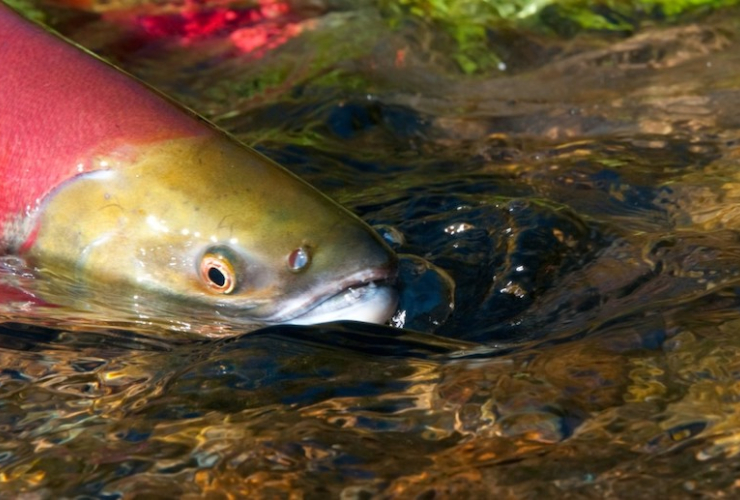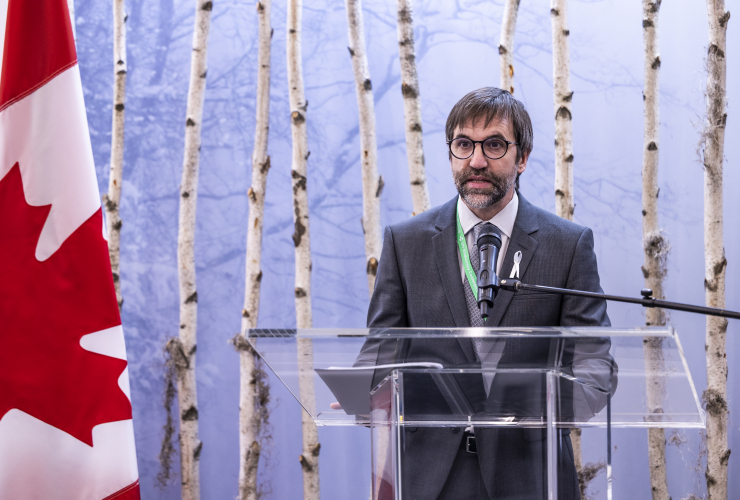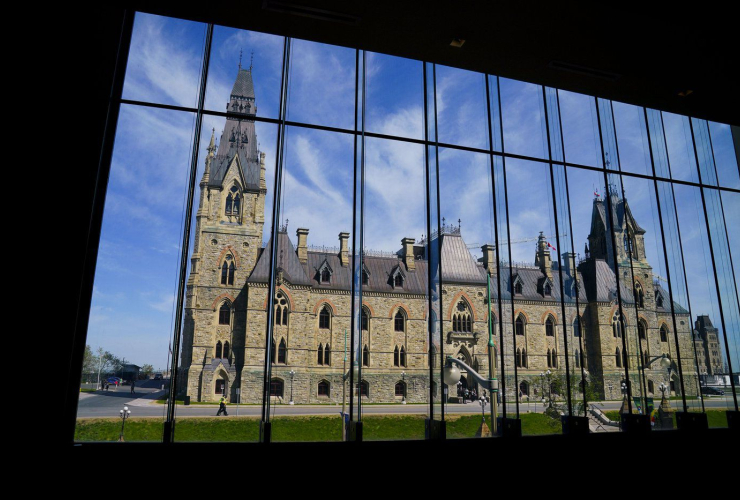A burst of federal funding for research and development at Canada’s post-secondary institutions helped power a slight overall increase in the country’s R&D spending in 2020-21, but it could have been a short-term blip that was anyway swallowed by inflation.
Spending on research in higher education edged up to $15.9 billion in 2020-21, a 0.5 per cent increase on the prior year, Statistics Canada said on Friday, noting that was the 11th consecutive annual rise.
Federal funding was up 9.9 per cent at $4.2 billion and higher education institutions increased their own funding by 1.4 per cent, to $7.9 billion.
The jump in overall funding from Ottawa comes amid an ongoing push from the scientific community to improve the pay rates of graduate student trainees and postdoctoral scientists, some of which have been stagnant for almost 20 years and now sit below the poverty level.
Much of the 2020-21 increase may have been due to since-discontinued COVID-19 funding, said Marc Johnson, a biology professor at the University of Toronto's Mississauga campus and a research chair in urban environmental science.
Johnson, a leading voice in the Support Our Science group pushing for better pay and more research jobs, also noted the increase was far below the rate of inflation for the same time period, equal to a real cut in research funding.
Sarah Laframboise and Andrea Wishart, PhD students who are also involved with Support Our Science, said science funding as a percentage of overall spending has declined in the two federal budgets since.
Research conducted in Canada’s post-secondary schools is a key ingredient in innovative efforts to combat climate change and develop clean technologies, prevent future pandemics, cure diseases and reduce plastic pollution, among other goals.
While money mostly went to natural sciences and engineering fields of research, that funding flow was down 0.4 per cent at $11.9 billion, mostly due to lower contributions from provincial governments and business enterprises.
R&D spending in the social sciences field of research was $123.1 million higher at $4 billion, backed by the feds and universities themselves.
Science policy experts say better funding opportunities in the United States mean top students often head there, taking potential scientific advances and the resulting economic benefits with them.
A parliamentary committee earlier this year recommended Canada increase the amounts of money offered via scholarships and fellowships by 25 per cent, tie future increases to the inflation rate and expand the number on offer.
The StatCan report, however, said Canada has consistently ranked as the G7 country with the highest portion of its nominal GDP directed towards post-secondary R&D spending.
It said Canada ranked fourth overall among Organization for Economic Co-operation and Development countries for R&D spending in 2020-21, behind Denmark, Sweden and Norway.
Johnson from Support Our Science disagreed with that assessment, placing Canada near the bottom of both the G7 and OECD in terms of how much of its gross domestic product is invested in R&D.
In its 2022 budget, the federal government offered wide-ranging funding for various science and innovation initiatives but did not significantly increase funding for federal granting agencies or target investments toward the humanities or the social sciences, according to an assessment from Evidence for Democracy.
Those commitments included $1 billion over five years to create a federal innovation and investment agency, $1 billion over six years (starting in 2024-25) for a strategic innovation fund for critical minerals projects and $750 million over six years to further develop five existing innovation clusters.
Morgan Sharp / Local Journalism Initiative / Canada’s National Observer






Comments